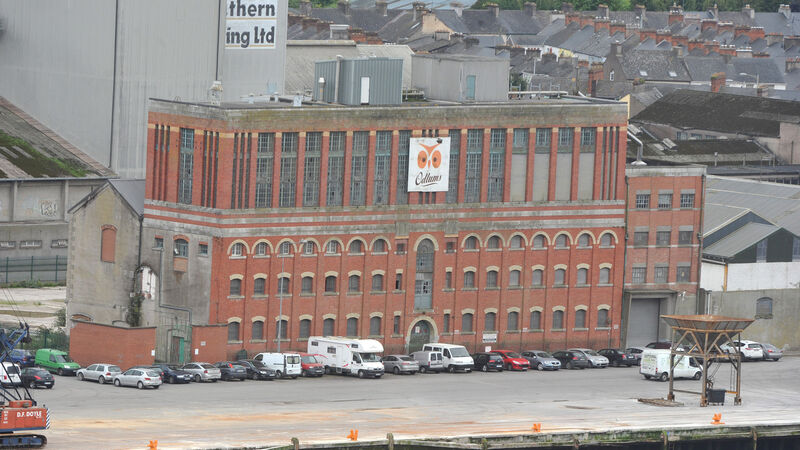Michael Moynihan: The most unlikely buildings have potential to create an artistic boom

Odlum’s building, Cork: Not the most aesthetically pleasing building but it has the potential to be much more.
Try from €1.50 / week
SUBSCRIBE
Odlum’s building, Cork: Not the most aesthetically pleasing building but it has the potential to be much more. Picture: Larry Cummins
Over the weekend I read an interview with Debbie Harry of Blondie, who was happy to reminisce about her old stomping ground (and era), New York in the seventies.
One of the memories she retained of an edgy time — it was when policemen in the city handed out flyers to newly-arrived tourists headlined WELCOME TO FEAR CITY — was a happy one: impoverished artists could carve out a space in the city where they could write, paint, perform, or do whatever the muse suggested.
Already a subscriber? Sign in
You have reached your article limit.
Annual €130 €80
Best value
Monthly €12€6 / month
Introductory offers for new customers. Annual billed once for first year. Renews at €130. Monthly initial discount (first 3 months) billed monthly, then €12 a month. Ts&Cs apply.
CONNECT WITH US TODAY
Be the first to know the latest news and updates
Newsletter
Sign up to the best reads of the week from irishexaminer.com selected just for you.

Select your favourite newsletters and get the best of Irish Examiner delivered to your inbox
Tuesday, December 2, 2025 - 7:00 AM
Tuesday, December 2, 2025 - 1:00 PM
Monday, December 1, 2025 - 10:00 PM
© Examiner Echo Group Limited